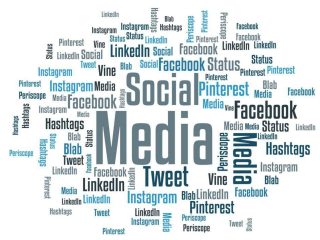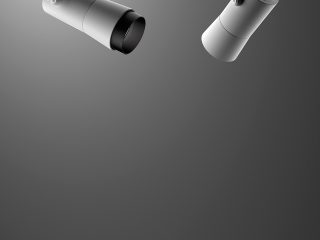When the computer creates a prototype
The 3D technique goes back a long way.
The first experiments in this regard date back as far as the 1920s, when the anaglyph system was exploited where an image formed an illusion of three-dimensionality.
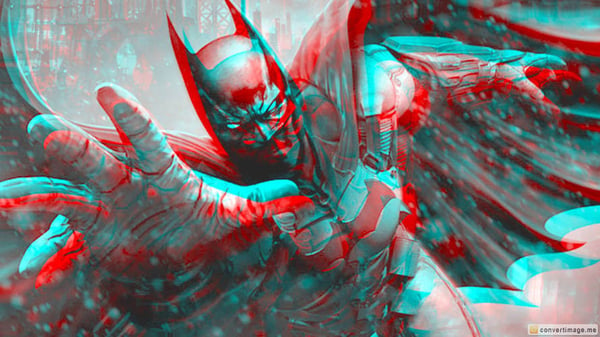
Use of Anaglyphs in Cinema
The 1950s were characterised by a first real development, namely: the use of polarised light in which a double projector was used whose lenses projected images that were polarised differently from each other.
When one thinks of 3D, the first thing that comes to mind is cinema, in fact, 3D was first seen on the big screen (not everyone knows that Alfred Hitchcock’s 1954 The Perfect Murder contains a 3D scene).
Over time, 3D also began to be exploited in more common areas and professions such as:
- Architecture
- Design
- Design
- Inventions
- Photography
It has become so ‘famous’ that it is included in some schools as a subject of study.
Product presentation. How do I represent my idea?
As I mentioned earlier, 3D has developed more and more over the years, updating and improving the technology and communication around us, even with the presentation of a product, 3D has made great strides.
Until a few years ago, so-called ‘technical drawings’ dominated the design scene. They were the tool with which the designer provided all the necessary information of what he was presenting.
Nowadays, if one wants to see one’s own idea, one’s own project, realised, there is no longer any need to create a handmade prototype, but it is possible to realise one’s own creation thanks to certain 3D rendering programmes.
Thanks to 3D rendering, not only the designer can benefit, but also the possible buyer who, through this technology, can see and understand the different phases of the project, feeling immersed in a sort of virtual reality thanks to:
- Volumes
- Spaces
- Colors
- Lights
- Shadows
All this translates into clear advantages for the professional, who can save time and make all risks of misunderstanding ‘disappear’.
Showing an idea
From drawing on paper to actual representation
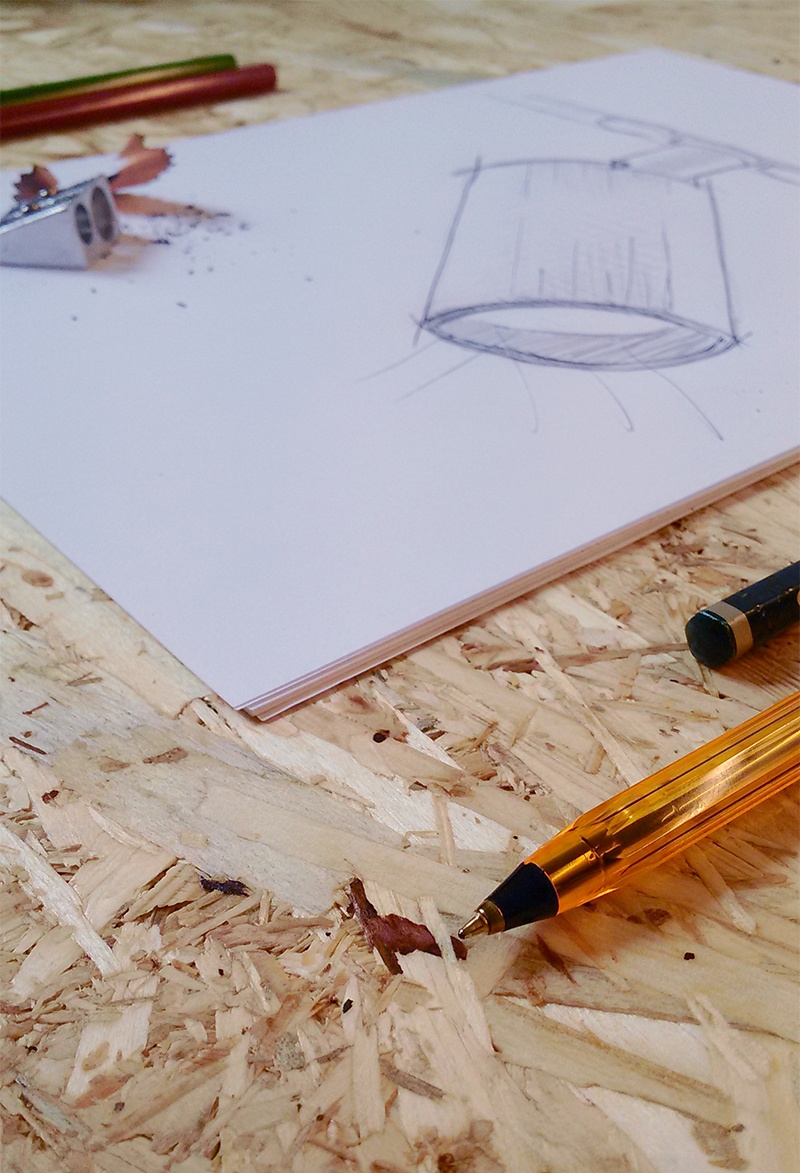
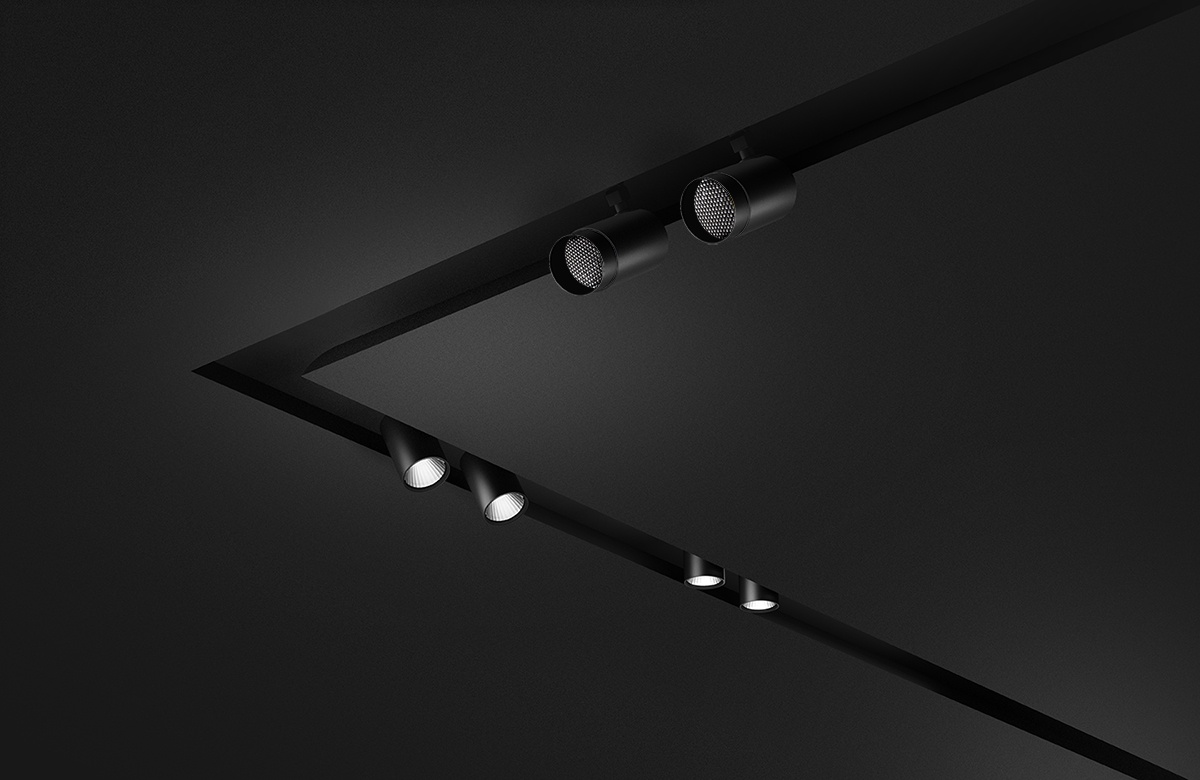
We are in the year 2018, 7 billion inhabitants populate this planet and some of them are artisans, inventors, designers or artists who, every day, create and come up with new ideas to realise.
It used to be that all you had to do was create your prototype with materials and present it to a likely backer who would then tell you whether the idea worked or not and whether there was a need for further modifications.
Although drawing on paper still remains fascinating and is used at every creative stage, images, like videos, are worth much more and are essential to communicate the value of one’s project.
In the world of design, 3D has now taken over, and many manufacturers, companies and designers have started to use it as a method of designing and presenting various items (also widely used in the world of architecture).
Even a private entity can make use of this method to present its idea to a possible buyer before spending a significant amount of money to realise it.
Rendering a 3D project can help to enhance one’s idea, to reduce the work steps and to have an absolute margin of customisation even on the finished project.



